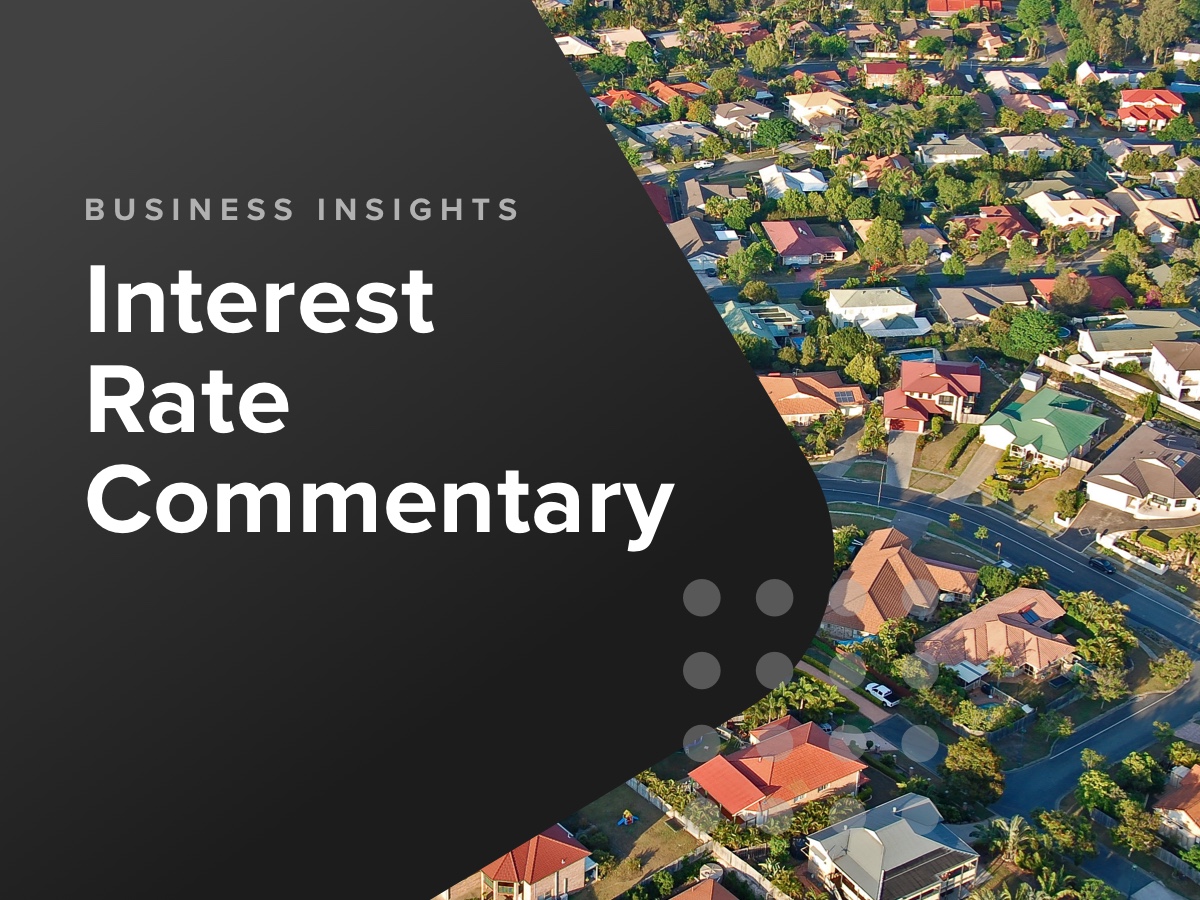As businesses wrap up EOFY and prepare for the following financial year, business plans are reformed and forecasts are reworked. It’s a downright important part of the year, a period that could determine how business unfolds over the next 12 months. Here are 4 points to keep in mind when it comes to those all-important forecasts.
- Forecast for more forecasts
While an annual forecast may be the norm for many businesses, consider putting in the effort to create a forecast once a quarter – or even once a month. There’s no point in planning so far ahead and sticking to that plan if elements surrounding the business change and evolve. Take the economy for example. It isn’t exactly on a stable path, and your forecast should take this into consideration. Limiting the time period of that forecast will push you to head back to those books earlier. It’s more work, no doubt about it, but it’s a great way to ensure you’re in the know with the ups and downs of your business. I’ve said it before: surprise can be the downfall of business.
- Keep it real
When projecting where your business will be, it’s easy to forecast the most ideal scenario. There’s nothing wrong with optimism, but there’s something wrong with unrealistic expectations. When forecasting, incorporate a plan that includes worst and best case scenarios. What if you lose that high-paying customer? What if the dollar drops? This goes for the other way as well. I’ve seen businesses that simply weren’t prepared for a huge jump in sales. Forecast with the possibility of massive growth, just in case. Inventory, whatever that may be, should be prepared for growth and loss, and that will only happen with the right type of forecast.
- Spread that knowledge
As with many elements of business, it’s imperative that the right people are made fully aware of every forecast. Not every employee has to be in the know when it comes to company projections, but keeping department heads and team leaders informed of details will be key in driving growth for the forecast period. In fact, it may be better to create forecasts alongside your business’ leaders – not just your financial advisor. Adjust numbers with those at the head of every business sector to avoid detrimental variables in expenditure and income.
- Don’t place that forecast on the highest pedestal
Small businesses usually don’t have many heads up top; there may even be only one. When it comes to running a business, there’s no question that focus is often key to ensuring those wheels keep turning. So, what if that focus is on just one particular aspect? And what if that aspect is wrong? I’ve seen small business owners lose track of various moving parts within their machine simply because their eyes wouldn’t leave that forecast. Whether it’s a number or an overall position within the market, take into consideration that your forecast may have been poorly planned or may have broken down over time. Within reason, it’s important to not limit your business movements according to that forecast. It’s there to incentivise growth and to provide aims for the model, but it is not the be-all and end-all of your business pathway.



